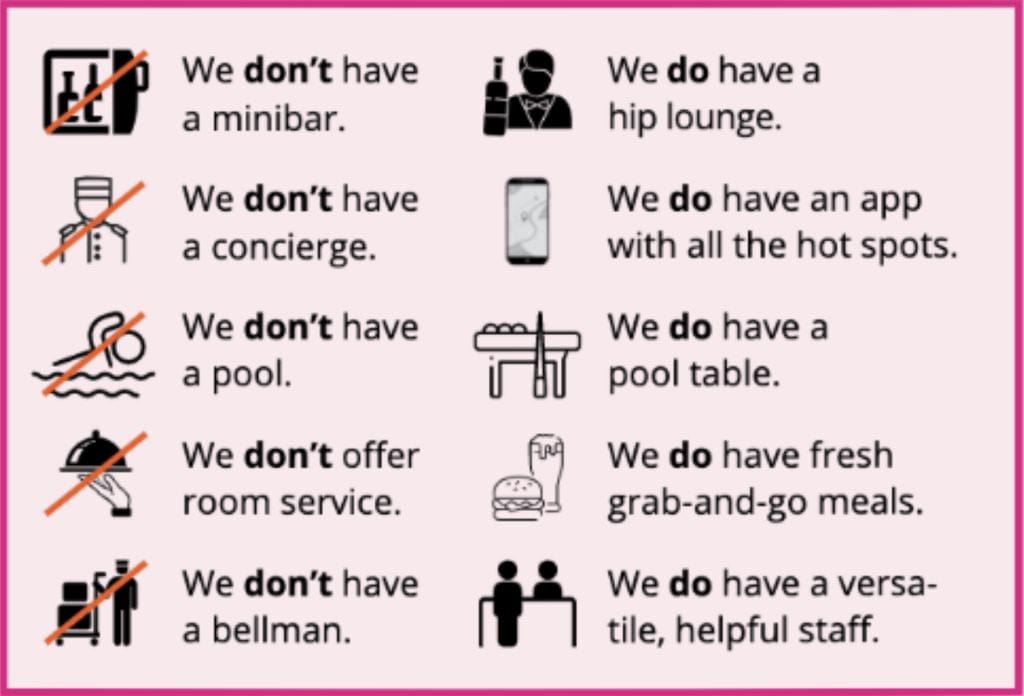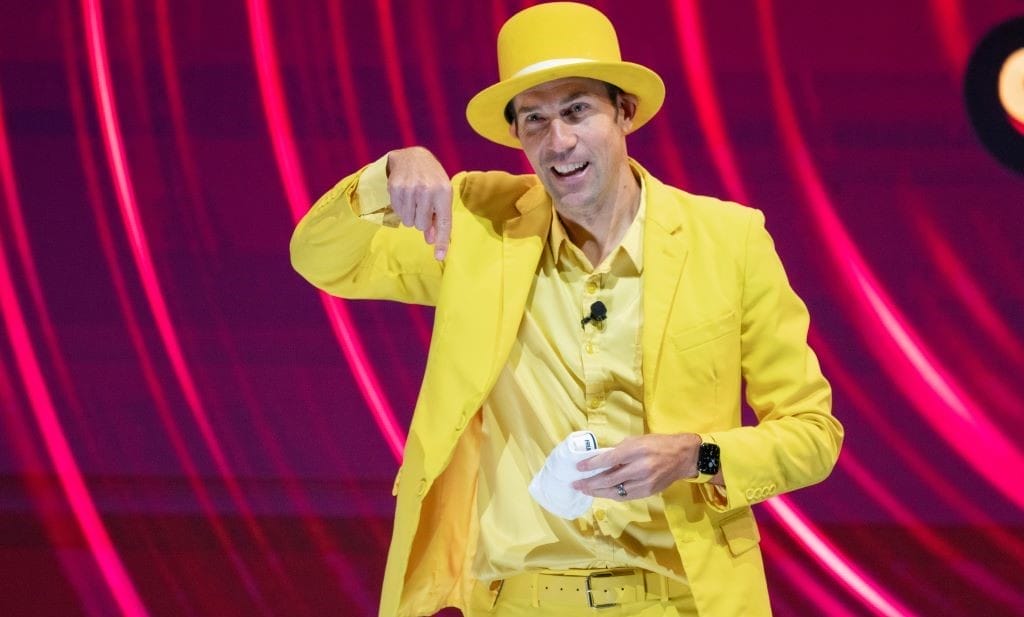What would it be worth if prospects and customers truly saw your company as unique?
In her book, “Different: Escaping the Competitive Herd,” Harvard Business School marketing professor Youngme Moon argues that “the ability to compete is dependent upon the ability to differentiate from competitors.”
However, she goes on to say that “the number of companies who are truly able to achieve competitive separation is depressingly small.” This is because companies tend to define their strengths and weaknesses using the same measurements and standards as their competitors. This leads to homogeneity, not differentiation.
When everyone is trying to build on the same strengths and eliminate the same weaknesses, all companies start to look the same. Over time, the entire industry looks the same, feels the same, and sounds the same. There are no differences. Nothing distinguishes one brand from another.
So, how can you create one of the few organizations that become extraordinary?
Maybe you could practice organizational kintsugi.

In the 15th century, the Japanese Shogun Ashikaga Yoshimasa broke his favorite tea bowl. When he tried to get it fixed, he was unhappy with the way it was done.
So, he gave the craftsmen new instructions. He asked them to highlight the cracks instead of trying to hide them. On the second attempt, lacquer and gold were used to meticulously fill the jagged seams. The result became the art of kintsugi, which highlights the broken as more beautiful than the pristine.
This is the foundation of our differentiation strategy. We believe companies can separate themselves from their competitors by illuminating imperfections instead of eliminating them. A “pink goldfish” is a company that embraces this unconventional approach to differentiation.
We gathered more than 300 examples and distilled them into a simple eight-part framework:
1. Flaunting
Flaunt means to parade without shame. Flaunting is being unashamed and unapologetic about your organization’s flaws. You take pride in your organization’s faults. You emphasize them, accentuate them, feature them, highlight them, call attention to them, and openly display them.
You definitely aren’t trying to hide them or fix them. Alt Hotels is a great example of flaunting. They created a campaign that brags about all the things you won’t find at their hotels. It’s called We Do Less. Each of the five ads focuses on what they don’t do, and what they do instead.

Flaunting is the foundation. You can’t implement any of the next seven strategies if you are unwilling to practice flaunting.
2. Lopsiding
Lopsiding is about being unbalanced, imperfect, unstable, and odd. Lopsiding involves amplifying, not reducing, your brand’s flaws. We want you to expand them, magnify them, increase them, turn them up, exaggerate them, and supersize them. This is a surefire way to overcome your MSP’s competition.
This is what Hardee’s (or Carl’s Jr., if you live on the West Coast) did with the Thickburger. When other fast-food companies were trying to create healthier options, Hardee’s offered the unhealthiest option. And customers loved it.
3. Antagonizing
Antagonizing is about polarizing, alienating, repelling, and taunting. We want you to deliberately exasperate, irritate, provoke, aggravate, and instigate hostility. Go out of your way to rub people the wrong way.
Try to earn a few more one-star reviews on Amazon or Yelp. Tell your employees to increase the number of complaints. Ring a bell in the office every time you get a nasty email. Try it. The more some people hate you, the more other people will love you.
The Alamo Drafthouse Cinema antagonizes when they kick out customers who talk or text during movies. (Click here to listen to the actual voicemail!)
Alamo turned it into a PSA, warning people not to talk or text in Alamo theaters.
4. Withholding
Withholding is about limitations, restrictions, boundaries, and constraints. Withholding involves offering fewer options, fewer locations, fewer features, fewer products, fewer services, fewer hours, fewer perks, and fewer discounts.
This is about deliberately and relentlessly shrinking the things everyone else is expanding. It is purposefully doing less of what is considered normal by others. By reducing options or completely eliminating them, brands can stand out and differentiate themselves.
Chick-fil-A withholds by being closed on Sundays, not serving burgers, and rejecting 97% of franchise applications.
5. Swerving
As an example of withholding, we aren’t going to explain swerving.
6. Opposing
Opposing is doing the exact opposite of what others are doing. Opposing brands are unlike other brands. They are contradictory. They refuse to give in, yield, submit, and surrender to the pressure to conform.
REI opposes when they close their stores and website on Black Friday, the biggest shopping day of the year.
7. Micro-Weirding
As we collected examples for pink goldfish companies, we had some that didn’t fit into any specific category but were too good to leave out. So, we created another category, micro-weirding.
The Magic Castle Hotel’s free popsicle hotline is micro-weird.
8. Exposing
Exposing is about transparency. Most companies try to hide their flaws. They market themselves as perfect and flawless. But prospects know that no company is perfect. People are looking for a company that will be honest about their imperfections.
Nebraska’s new tourism campaign, where they admit that their state “isn’t for everyone,” is a great example of exposing.
To help you remember the eight steps, we decided to create an acronym:
Flaunting
Lopsiding
Antagonizing
Withholding
Swerving
Opposing
Micro-Weirding
Exposing
FLAWSOME is a combination of FLAWS and AWESOME. We believe your company’s flaws are what make it awesome. Are you ready to start flaunting your organization’s imperfections?!
To watch Robin’s interview with David during her “Great Minds Drink Alike” podcast, go to: MSPSuccessMagazine.com/pinkgoldfish















